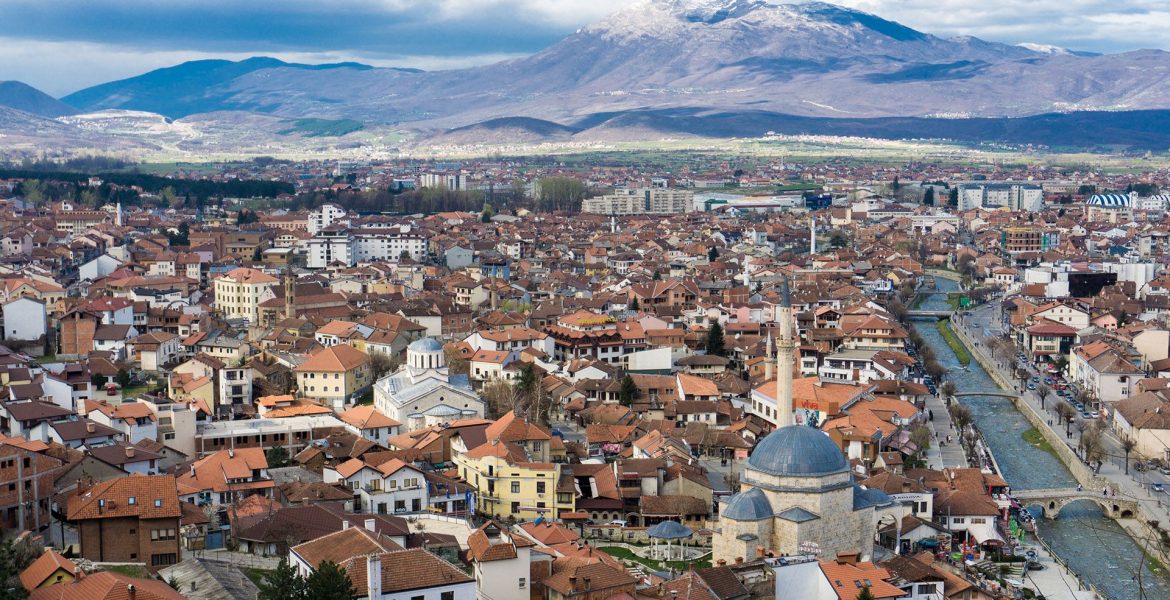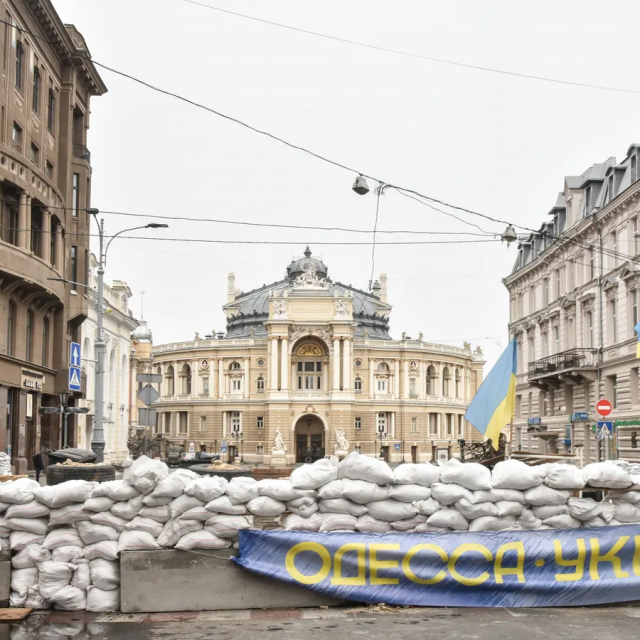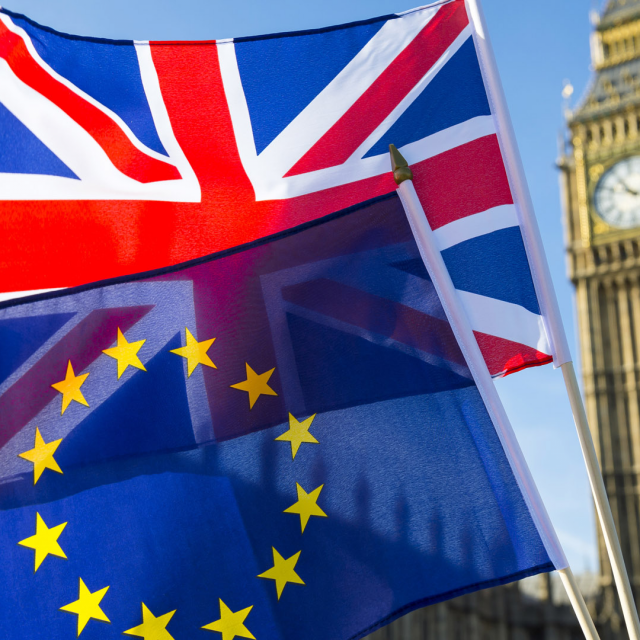On 31 July 31, the prerequisites for a new round of the Albanian-Serbian inter-ethnic conflict arose in the Republic of Kosovo. Three days before on 28 July Serbian news portals began to disseminate information that “the Albanians are preparing hell for Kosovo Serbs”. Simultaneously, Russian media and Telegram channels also began to push similar narratives. Serbia has begun to escalate political tensions in the region, which coincides with the US-Chinese political crisis concerning Nancy Pelosi’s visit to Taiwan, which triggered China’s hostile tirade. A possible “Balkan crisis” could benefit Russia by distracting the attention of the European public from Ukraine and reducing support for Kyiv. Any conflict in the Balkans threatens to be bloody and persistent. This is Putin’s plan: to destabilise Europe as much as possible through its political proxy-allies, such as Vučić in Serbia, and Orbán in Hungary.
On 31 July at 23:00 local time, Serbian President Vučić arrived at the General Staff, and the army of Serbia began to prepare for possible battles in the north of Kosovo, populated mainly by the Serbs, and they began to build barricades. There were reports of local shootings. Rising tensions were explained by the declared ban on neutral documents and car license plates for ethnic Serbs living in Kosovo, which was scheduled for 1 August. However, the discussion of this topic at the official political level in Belgrade acquired the nature of an information special operation, with communications directed towards the internal audience and the West. The NATO contingent, deployed in Kosovo, was brought into increased combat readiness, and urgent telephone conversations were held with the leadership of Kosovo. The parties agreed to transfer the date of the ban on neutral documents for the Serbs from 1 August to 1 September.
Apparently the Kremlin uses any opportunity to pump political tension in one of the most vulnerable regions of Europe. Putin’s tactics are quite simple: using his geopolitical puppets as a lever of political pressure, to create the appearance of war, which is able to plunge this multi-cultural region into the abyss of war and ethnic conflict. During the wars in the territory of the former Yugoslavia, more than half a million people died, there was genocide and extensive war crimes. Today’s Europe, which is experiencing a systemic crisis, may not withstand such a massive challenge again. The Kremlin is well understood the range of risks and threats to Brussels in the context of such destabilisation and tries to put pressure on these points of vulnerability. This is a deliberate strategy designed on influence the EU to stop supporting Ukraine.
Putin does not hide the true purpose of his strategy, which is the reset of the world order tin accordance with the geopolitical designs of Russia, including Russia’s control not only over Ukraine, but also over a significant part of Europe, and in particular the Balkans. If the collective West cannot create a symmetrical answer to the Kremlin, and neutralise its geopolitical puppets, like Serbia and Hungary, then Russia will be able to divide and rule Europe by creating a split in its ranks. The civilisational threat emanating from Russia is not an assumption, but a reality that directly threatens Europe and risks creating a casus belli.




